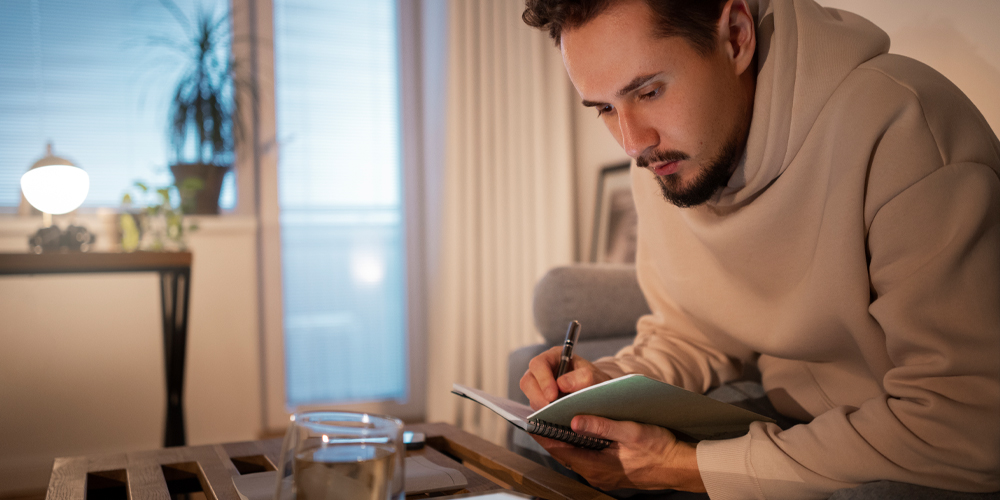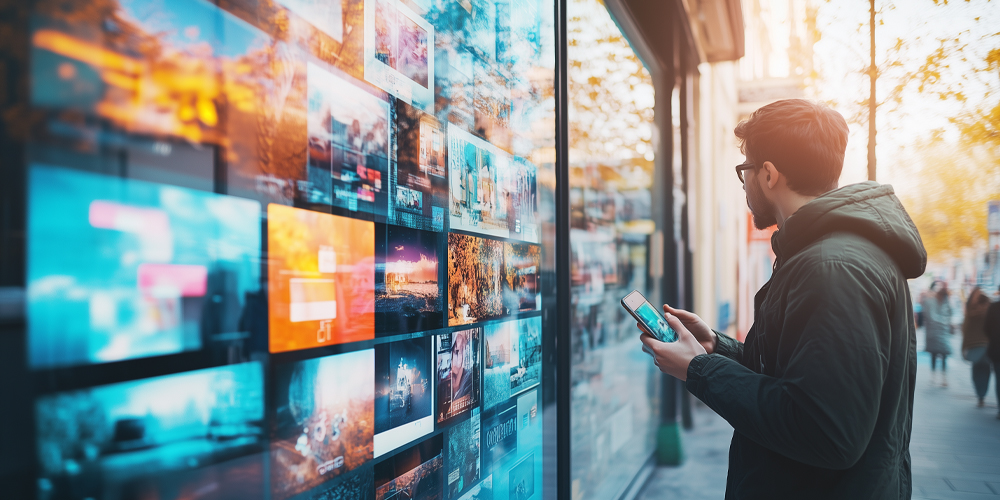In our fast-paced world, technology plays a significant role in our daily lives. While it offers numerous benefits, it also poses challenges, particularly regarding screen time. Finding a balance between utilizing technology and maintaining our well-being is essential. This article explores the impacts of screen time and offers strategies for navigating technology effectively.
The Impact of Screen Time on Daily Life
Screen time encompasses all time spent in front of screens, including computers, smartphones, tablets, and televisions. Today, the average person spends several hours a day using these devices. While technology can enhance productivity and connectivity, excessive screen time can lead to various physical and mental health issues.
Physical Health Consequences
One of the most immediate effects of extended screen time is eye strain, often referred to as computer vision syndrome. Symptoms can include dryness, discomfort, and blurred vision. The blue light emitted by screens can also disrupt sleep patterns, leading to insomnia and fatigue. To combat these issues, it is essential to practice the 20-20-20 rule: every 20 minutes, take a 20-second break to look at something 20 feet away. This simple habit can help alleviate discomfort and maintain eye health.
Moreover, prolonged screen use often contributes to a sedentary lifestyle. Many people sit for hours while using devices, increasing the risk of obesity and related health conditions such as diabetes and heart disease. Engaging in regular physical activity is crucial to counteract these effects. Even short bouts of exercise, such as stretching or walking, can improve circulation and overall well-being.

Mental Health Implications
Excessive screen time can significantly impact mental health. Studies show a correlation between high screen time and increased levels of anxiety and depression, particularly among adolescents and young adults. Social media platforms, while connecting us with others, can also exacerbate feelings of inadequacy and loneliness. Users often find themselves comparing their lives to the curated images of others, leading to negative self-perception and low self-esteem.
To combat these mental health issues, it is crucial to be mindful of how social media affects your mood. Consider implementing digital detoxes, where you take breaks from screens to focus on real-life interactions and hobbies. Engaging in offline activities, such as reading, exercising, or spending time with friends and family, can enhance emotional well-being and provide a much-needed reprieve from the digital world.
Finding Balance
In conclusion, while technology is an integral part of modern life, finding a balance with screen time is essential for maintaining both physical and mental health. By establishing healthy screen habits and being mindful of usage, individuals can harness the benefits of technology while minimizing its drawbacks.
Physical Health Effects
Extended periods of screen time can lead to a range of physical health problems. One common issue is eye strain, often referred to as computer vision syndrome. Symptoms include dryness, discomfort, and blurred vision. To mitigate these effects, the 20-20-20 rule is a helpful guideline. Every 20 minutes, take a 20-second break and look at something 20 feet away.
Additionally, prolonged screen use can contribute to a sedentary lifestyle. Many people tend to sit for hours while using devices, leading to weight gain and related health issues. Engaging in regular physical activity is crucial to counteract these effects. Simple activities, such as walking or stretching, can make a significant difference.
Mental Health Considerations
Excessive screen time can also impact mental health. Studies have shown a correlation between high screen time and increased anxiety and depression. Social media, in particular, can exacerbate feelings of inadequacy and loneliness. Users often compare themselves to others, which can lead to negative self-perception.
To combat these effects, it is important to be mindful of how social media influences your mood. Consider taking regular breaks from social platforms to focus on real-world interactions. Prioritizing face-to-face connections can enhance emotional well-being and provide a sense of community.
Establishing Healthy Screen Time Habits
Finding a balance with screen time involves establishing healthy habits. Here are several strategies to consider:
1. Set Clear Boundaries
Establish specific times for using devices. For example, designate “screen-free” hours during meals or before bedtime. This practice encourages mindfulness and allows for more meaningful interactions with family and friends.
2. Monitor Your Usage
Utilizing apps to track screen time can provide insights into your usage patterns. Many smartphones offer built-in features to monitor screen time. Understanding how much time you spend on different apps can help you identify areas for improvement.
3. Prioritize Quality Content
Not all screen time is created equal. Focus on engaging with content that adds value to your life. Whether it’s educational videos, podcasts, or inspiring articles, prioritizing quality content can enhance your screen time experience.
4. Incorporate Breaks
Regular breaks are vital for maintaining focus and preventing burnout. Schedule short breaks every hour to recharge. Use this time to stretch, hydrate, or step outside for fresh air. These breaks can improve overall productivity and well-being.
5. Engage in Offline Activities
Balancing screen time means making room for offline activities. Explore hobbies such as reading, gardening, or cooking. Engaging in these activities can provide a fulfilling alternative to screen time and foster creativity.
The Role of Technology in Education and Work
Technology has transformed education and work, offering tools that enhance learning and productivity. However, it’s essential to navigate these tools wisely to maintain a healthy balance.
1. Online Learning
The rise of online learning platforms has made education more accessible. Students can learn at their own pace, but this convenience comes with its challenges. Online learning can lead to increased screen time, so it’s essential to implement the strategies mentioned earlier.
Additionally, creating a dedicated study space can help minimize distractions. By establishing a clear boundary between study time and personal time, students can maintain focus and balance their screen usage.
2. Remote Work
Remote work has become increasingly popular, offering flexibility and convenience. However, it can also blur the lines between work and personal life. To avoid burnout, set specific working hours and stick to them. This practice helps create a healthy work-life balance.
Taking regular breaks during work hours is also vital. Use these breaks to step away from your screen and engage in activities that refresh your mind.

The Importance of Mindfulness in Technology Use
Mindfulness is a valuable practice that can enhance your relationship with technology. By being aware of your screen time habits, you can make more intentional choices. Consider implementing mindfulness techniques into your daily routine:
1. Digital Detox
Consider periodic digital detoxes to reconnect with the world around you. Designate specific days or weekends to unplug from technology completely. Use this time to engage in outdoor activities, spend time with loved ones, or reflect on your goals.
2. Practice Gratitude
Incorporate gratitude practices into your daily life. Take a moment each day to reflect on the positive aspects of your life. This practice can help shift your focus away from negative comparisons on social media and foster a more positive mindset.
3. Engage in Mindful Activities
Explore activities that promote mindfulness, such as meditation, yoga, or journaling. These practices can enhance your overall well-being and help you develop a healthier relationship with technology.
Conclusion
Balancing screen time is essential in today’s technology-driven world. While technology offers countless benefits, it’s vital to be mindful of its impact on our physical and mental health. By establishing healthy habits and incorporating mindfulness practices, we can navigate technology effectively.
Ultimately, finding the right balance allows us to enjoy the advantages of technology while prioritizing our well-being. By taking proactive steps to manage our screen time, we can create a fulfilling and connected life, both online and offline.











